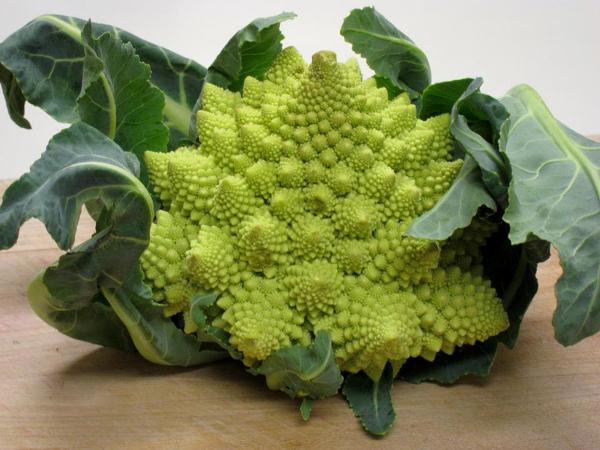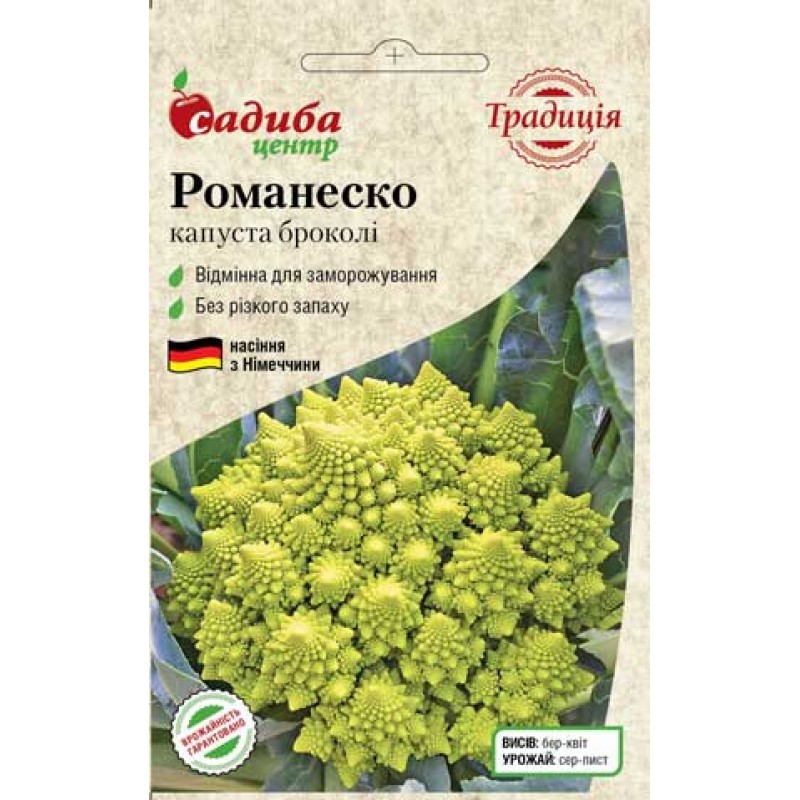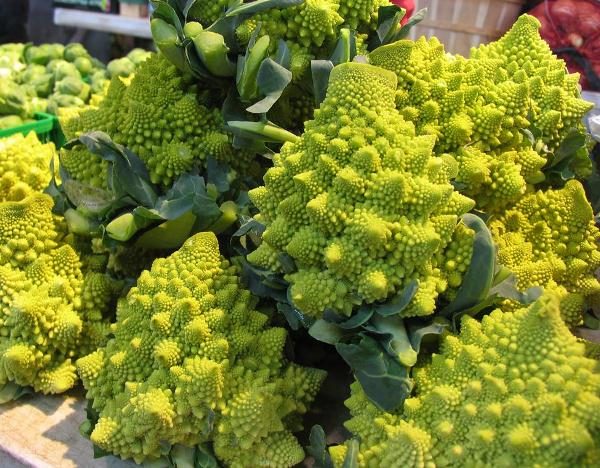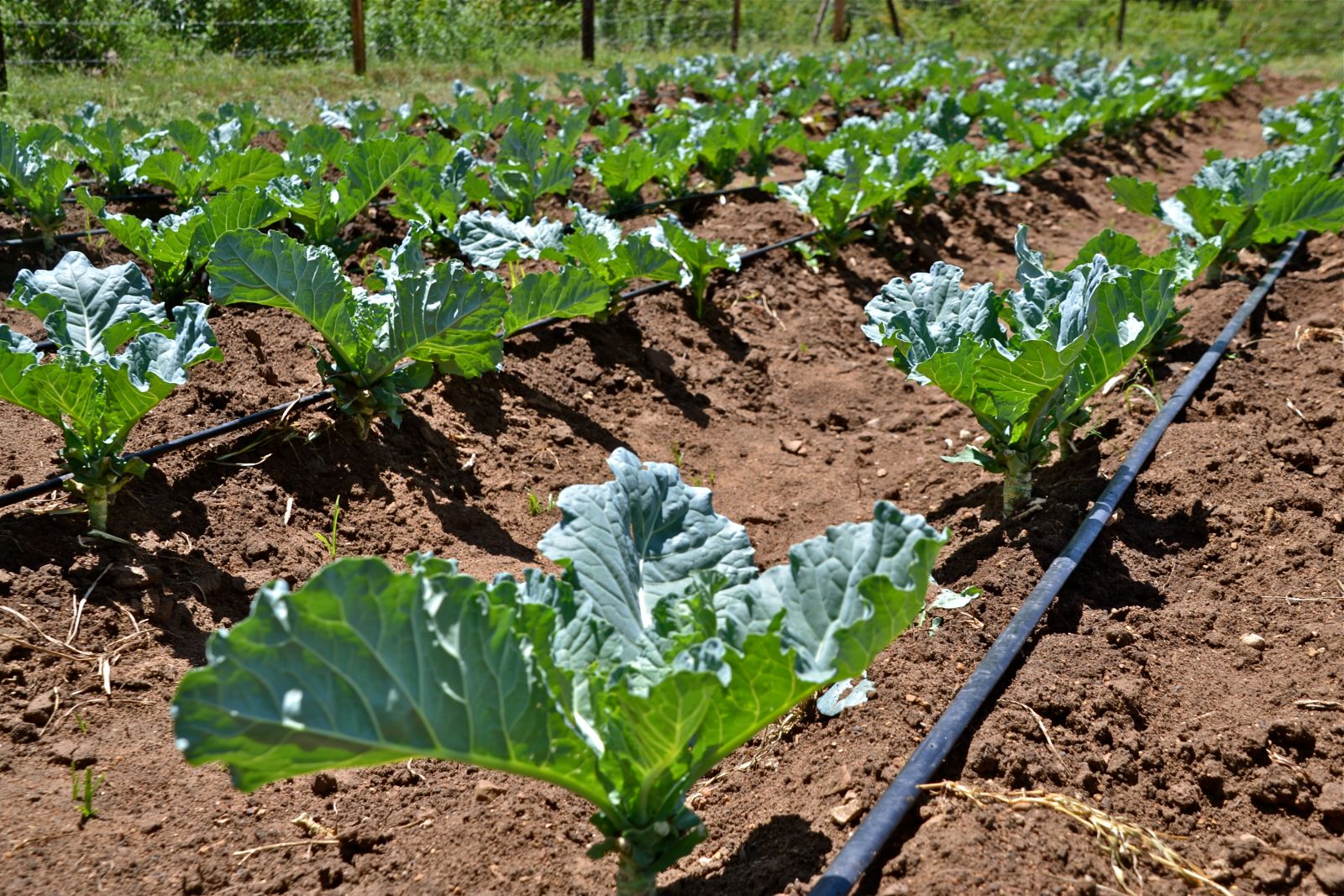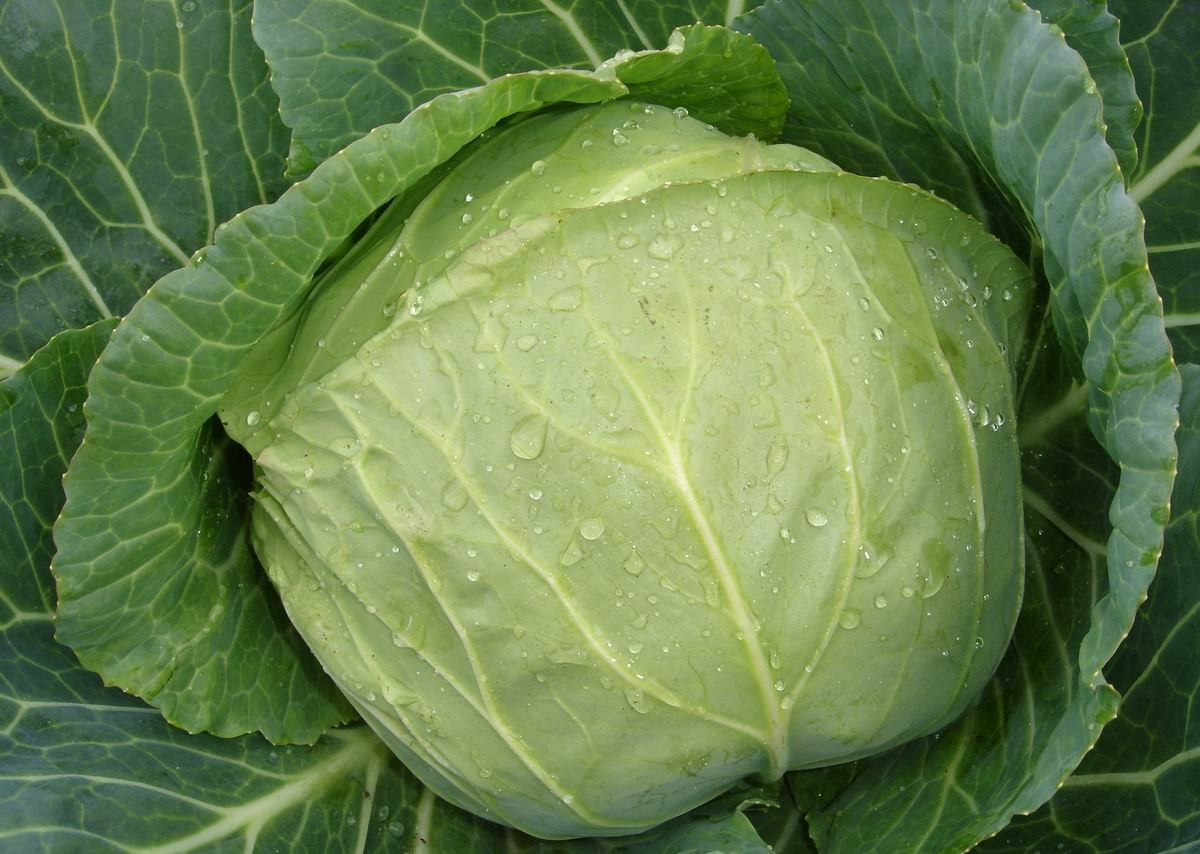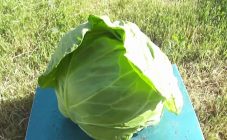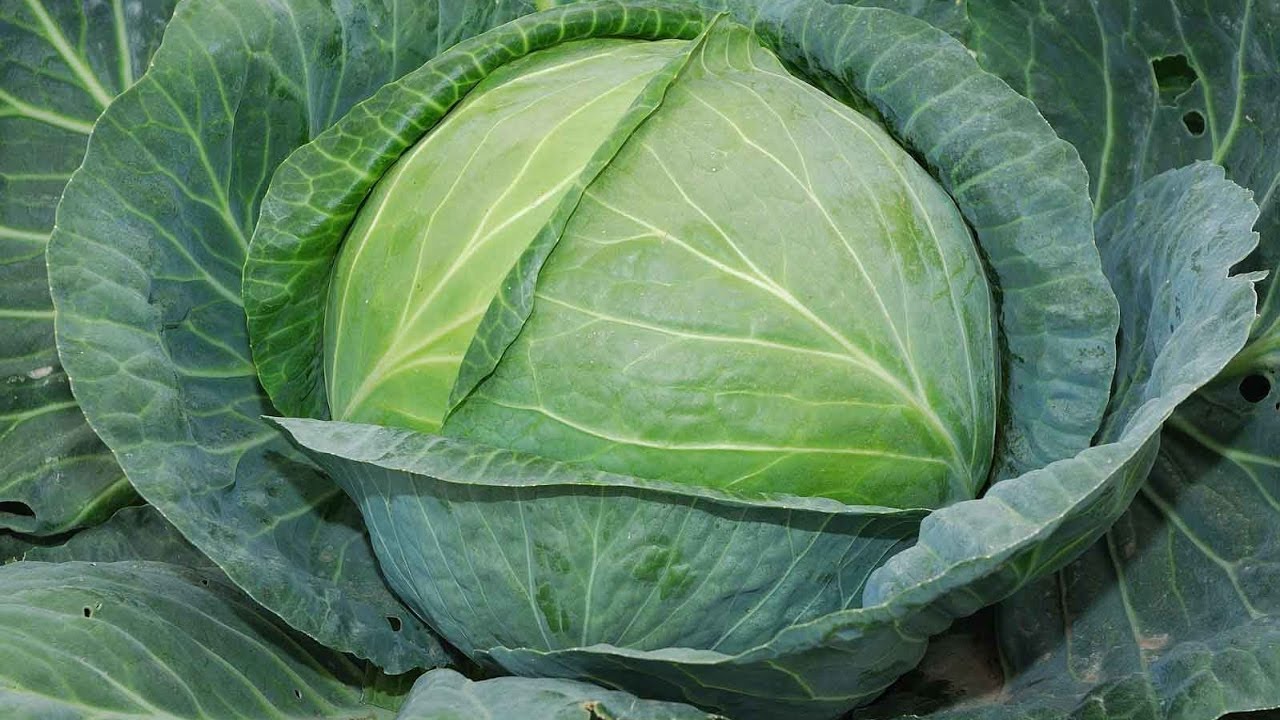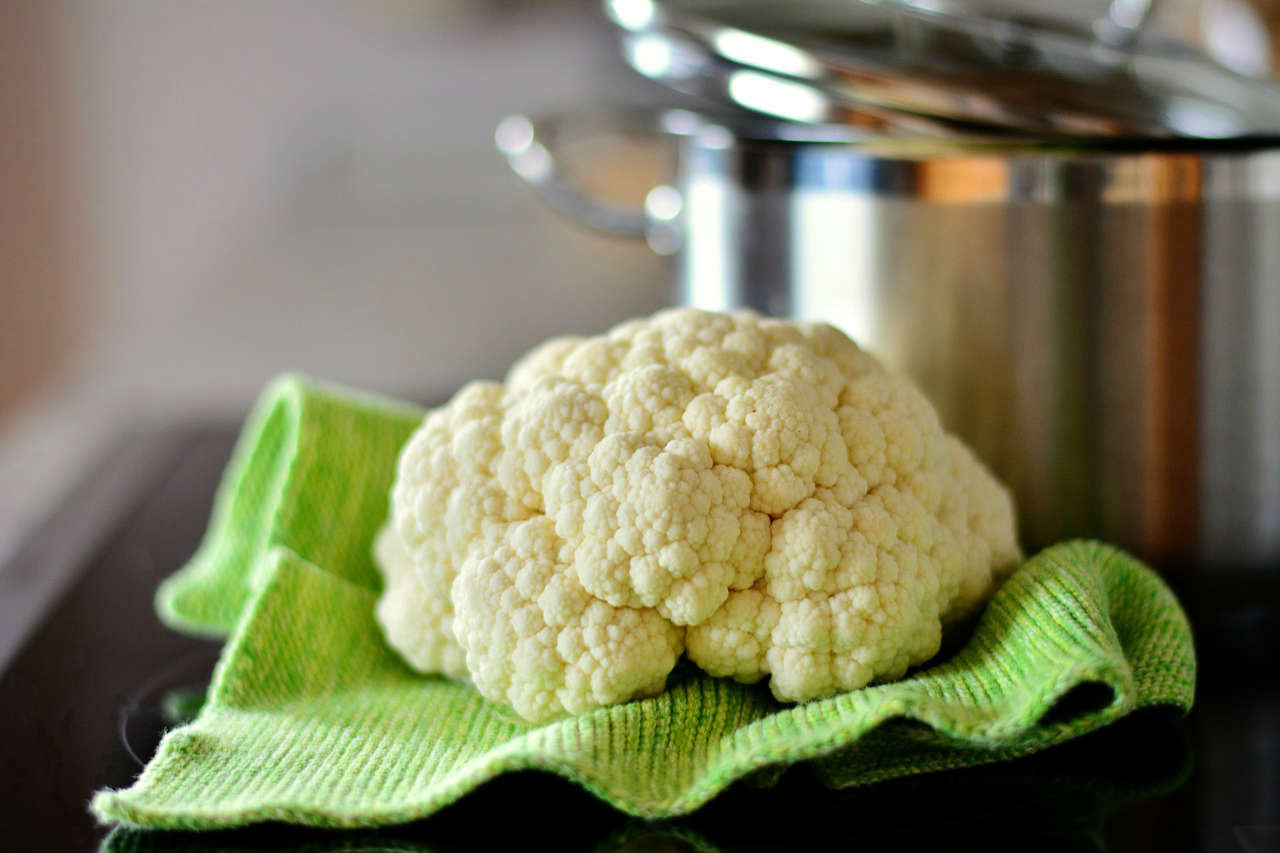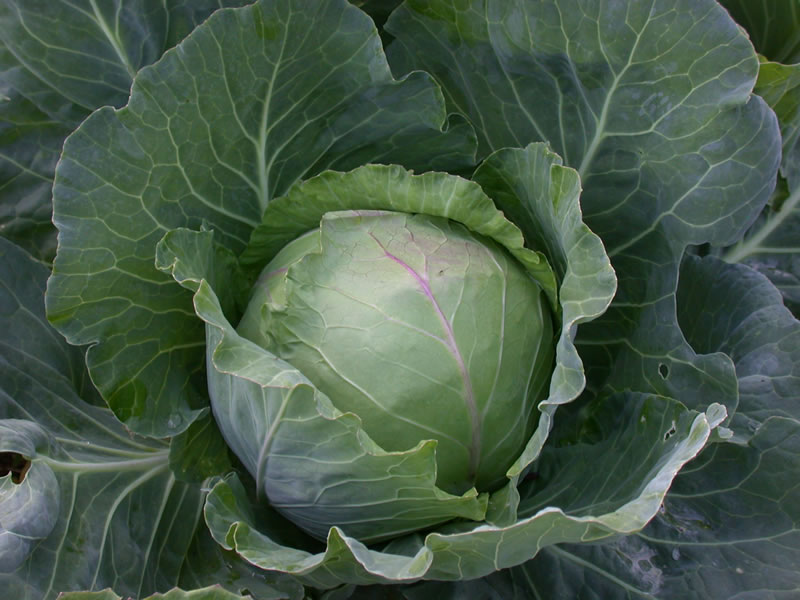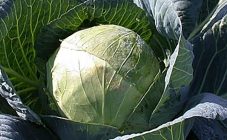Content:
Many amazing fruits and vegetables have resulted from crossing close or not very related crops. One of the interesting vegetables was Romanesco cabbage (from Italian Romanesco, which means roman cabbage). The Italians cultivated an unusual type of head of cabbage back in the 16th century, but only by the end of the last century it won a place among vegetables among the culinary experts of other countries.
General information about the culture
Romanesco (Romano cabbage, Romanesco broccoli) is an annual crop from the Cruciferous family. She owes her appearance to numerous experiments on crossing the usual varieties. This is a hybrid of healthy cauliflower and broccoli, although it appeared without human intervention (according to one version).
Like the closest relative - cauliflower - Romano's head of cabbage consists of large inflorescences-heads, dividing, in turn, into smaller ones - up to individual flower-buds. It is noteworthy that all of them, groups and individual flowers, are arranged in a spiral, hence the other name for the vegetable - fractal cabbage.
The culture loves moderate warmth, is demanding on watering, feeding. The standard weight of a head of cabbage can exceed 1.5 kg (without leaves), but if all the rules of agricultural technology are followed, larger specimens weighing up to 2 kg or more are obtained.
Characteristics and features
Fractal cabbage is considered to be an ideal vegetable for maintaining health and beauty. A large amount of vitamins, trace elements, delicate fiber, low calorie content are the main advantages of this amazing plant.
100 g of inflorescences (25 kcal in total) contain:
- proteins - 2.9 g;
- fat - 0.4 g;
- carbohydrates - 6.5 g;
- ash - 0.9 g;
- water - 89 g.
The chemical composition is unique, which includes, in addition to vitamins and minerals characteristic of any cabbage, folic acid, choline, vitamin H1, selenium, zinc.
Coral cabbage (as it became known for its external resemblance to a colony of polyps) has a positive effect on blood vessels, accelerates metabolism, improves the functioning of the gastrointestinal tract, relieves constipation, hemorrhoids, normalizes blood composition, increases the body's resistance to infections.
Romano is eaten only after heat treatment, it is prepared by analogy with the related cauliflower or broccoli. Gourmets appreciate it for its delicate taste with a nutty note, but without the bitterness characteristic of all cruciferous plants.
The fractal has only two drawbacks:
- Short, up to one and a half weeks, storage of fresh inflorescences without freezing or canning;
- Limitation of use for problems of a cardiological nature, disorders of the thyroid gland.
Care features
Broccoli Romanesco is grown according to the general rules of cultivation of its relatives. But the cultivation of delicate exotic species has a number of features that are taken into account to obtain a good harvest.
Fractal is grown in the open field.In the south, seeds are usually sown directly on prepared beds, while northerners prefer to grow through seedlings.
Seed sowing dates
Since Romanescu does not tie high-quality heads of cabbage in unstable or hot weather, the timing of planting seeds is treated with utmost attention.
The time for sowing is selected so that during the formation of the head of cabbage the air temperature does not exceed 18 ° C. The optimal sowing time is determined by the terms of technical maturity of the selected variety and the time required for growing seedlings - from 45 to 60 days.
Temperature regime
Growing seedlings requires strict adherence to temperature conditions:
- Sown seeds require a constant day and night temperature of 20-22 ° C for successful pecking.
- When all the seeds sprout, the regime is changed: 8-10 ° in the daytime, 6-8 ° at night.
Lighting
During the entire growing period, seedlings require good lighting, the duration of daylight hours is 8-10 hours.
Watering, feeding
Seedlings are watered sparingly, but make sure that the soil is constantly wet.
Adult plants transplanted to the beds also need regular abundant watering, especially when forming leaf rosettes and inflorescences. Drying out of the soil is unacceptable. So that the water does not stagnate on the surface of the soil, it is immediately loosened.
7-10 days after planting the seedlings, add mullein infusion with a full mineral complex at the rate of 1 liter of infusion and 1 tbsp. l of minerals per 10 l of water. This top dressing is needed if fertilizers were not applied in advance.
14 days after the first feeding (3-3.5 weeks after planting), add the following composition:
- 30 g of ammonium nitrate;
- 2 g of potassium chloride;
- 40 g superphosphate;
- 2 g boric acid;
- 10 liters of water.
With the beginning of the formation of the flower head, a complex is used:
- 10 liters of liquid mullein 1: 8;
- 30 g superphosphate;
- 30 g of ammonium nitrate;
- 20 g of potassium salt.
Soil preparation
Coral cabbage categorically does not tolerate acidic soil, so the beds are prepared in the fall, adding fertilizer and lime for digging. Sprinkle with dolomite flour or ash in the spring at the rate of 200-400 g / m2.
For the autumn digging, mineral complexes are introduced that do not contain trace elements, copper, molybdenum. In the spring, fertilize with organic matter (manure or compost). Consumption rate - 2 buckets / sq.m.
Planting scheme: row spacing 50 cm, pitch 70 cm.
Romanesco cabbage varieties
Early varieties (100-1205 days):
- Amphora F1 - yellow-green inflorescences of graceful shape. Average weight of a head of cabbage is 400 g. Suitable for freezing.
- Shannon F1 - the crop is harvested within 100 days from germination. The head is dense, light green in color, weighs from 900 to 1300 g.
- Ivory - dense heads of ivory. Weight up to 1400 g. Eat fresh or frozen, suitable for canning.
- Emerald Cup F1- small light green heads of cabbage weighing about 500 g. Designed for use fresh or frozen.
Mid-season varieties (120-135 days):
- Veronica F1 - a high-yielding hybrid, the weight of one head of cabbage is up to 2 kg. Inflorescences are golden green in color.
- Puntoverde F1 - low-leafed variety with green inflorescences, average weight - 1.2-1.5 kg.
- Egyptian pyramids - the average weight of yellow-green heads is 1-1.2 kg. Designed for cooking hot or cold dishes. Frozen storage possible.
Late varieties (from 145 days):
- Pearl - a dense greenish head weighing up to 800 g. They are frozen for the future.
- Natalino - light green heads weighing up to 1 kg, suitable for canning.
Having learned what it is - Romanesco cabbage, how to grow it, a rare summer resident will refuse to cultivate this useful vegetable. Rich in nutrients, Romano is ideal for baby and diet food, helps to cope with the problem of excess weight, preserves the natural beauty of the skin and hair.
